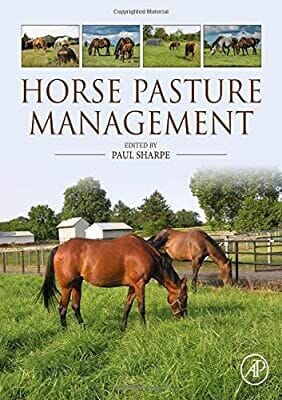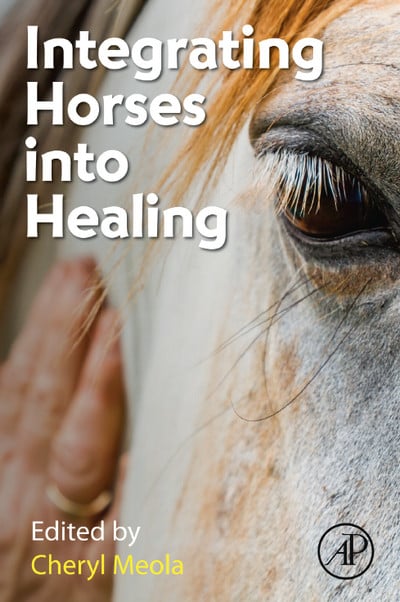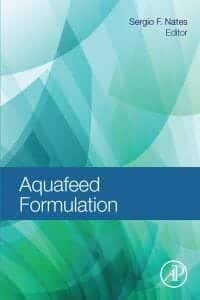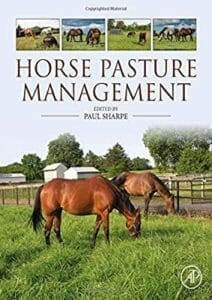
By Paul Sharpe
Horse Pasture Management PDF begins with coverage of the structure, function and nutritional value of plants, continuing into identification of pasture plants. Management of soil and plants in a pasture is covered next, followed by horse grazing behavior, feed choices of horses, management of grazing horses, and how to calculate how many horses should be grazing relative to land size. Management of hay and silage are included, since year-round grazing is not possible on many horse farms. A number of chapters deal with interactions of a horse farm with the environment and other living things. As an aid in good pasture management, one chapter explains construction and use of fencing and watering systems.
Contributions in Horse Pasture Management book are rounded out with a chapter explaining how the University of Kentucky helps horse farm managers develop their pasture management programs.
- The purpose of the book is to help people provide a better life for horses
- Provides the basic principles of pasture management for those involved in equine-related fields and study
- Covers a variety of strategies for managing the behavior, grouping, environmental, and feeding needs of grazing horses to ensure high levels of welfare and health
- Includes information on environmental best practices, plant and soil assessment, and wildlife concerns
- Explains pasture-related diseases and toxic plants to be avoided
- Includes links to useful resources and existing extension programs

| File Size | 89 MB |
| File Format | |
| Download link | Free Download | Become a Premium, Lifetime Deal |
| Updates & Support | Join Telegram Channel To Get New Updates | Broken Link |
| Become a Premium |  |
| More Books: | Browse All Categories |













![Ettinger’s Textbook of Veterinary Internal Medicine 9th Edition [PDF+Videos] Ettinger’s Textbook of Veterinary Internal Medicine 9th Edition [True PDF+Videos]](https://www.vet-ebooks.com/wp-content/uploads/2024/10/ettingers-textbook-of-veterinary-internal-medicine-9th-edition-100x70.jpg)

![Textbook of Veterinary Diagnostic Radiology 8th Edition [PDF+Videos+Quizzes] Thrall’s Textbook of Veterinary Diagnostic Radiology, 8th edition PDF](https://www.vet-ebooks.com/wp-content/uploads/2019/09/textbook-of-veterinary-diagnostic-radiology-8th-edition-100x70.jpg)






